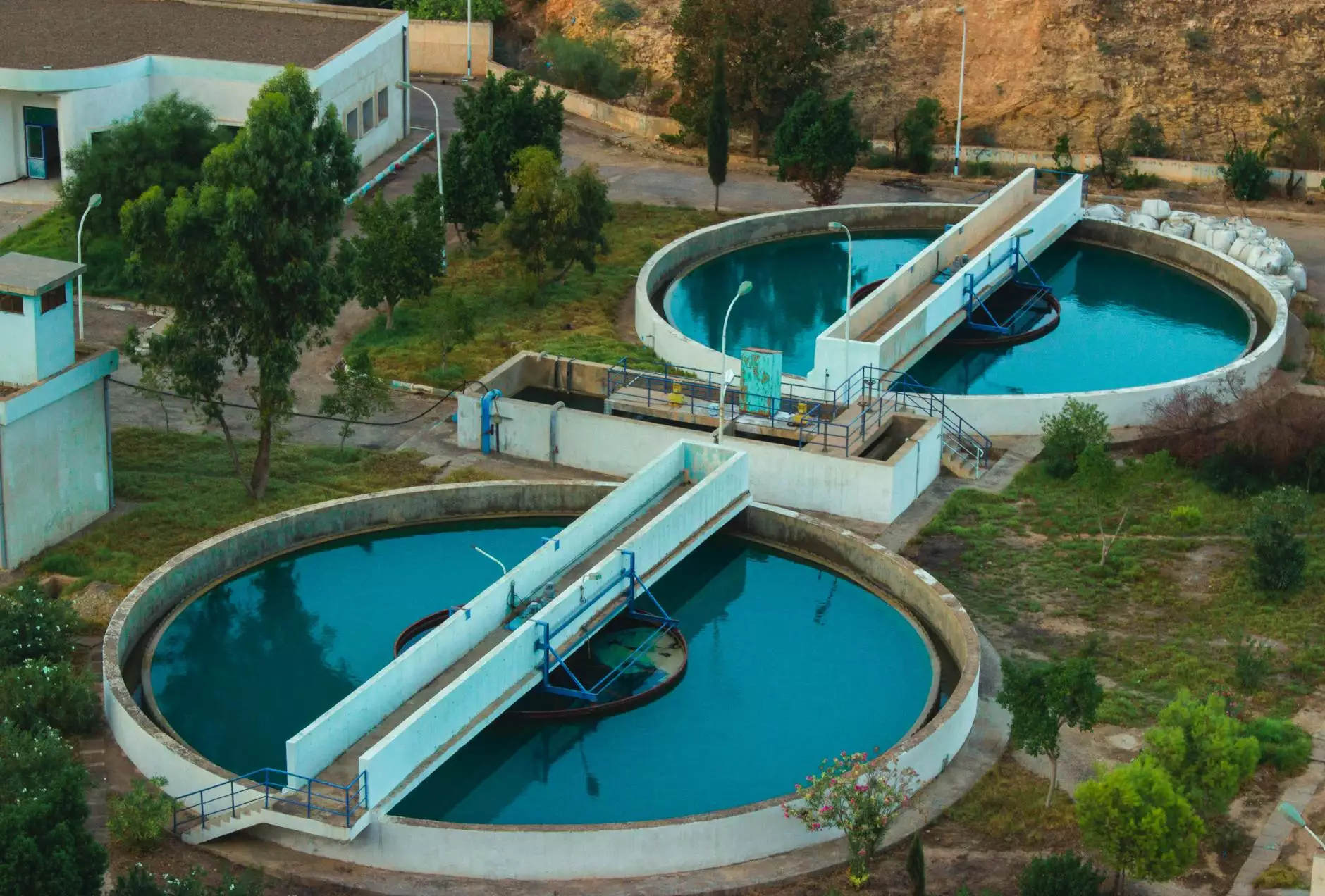Ultimate Guide to Swimming Pool Refinishing

Owning a swimming pool is a fantastic way to enhance your home’s value and enjoy leisure time, but maintaining its aesthetic and functional quality is crucial. One of the most effective ways to keep your pool in top condition is through swimming pool refinishing. This article dives deep into everything you need to know about refinishing your pool, including its benefits, ideal materials, and expert tips to ensure you embark on this renovation journey with confidence.
What is Swimming Pool Refinishing?
Swimming pool refinishing is the process of restoring the interior surface of your pool, making it look new again. Over time, due to exposure to chemicals, weather elements, and general wear and tear, the pool surface may become stained, chipped, or dull. Refinishing rejuvenates the pool shell, enhances its appearance, and extends its lifespan significantly.
Why Should You Consider Swimming Pool Refinishing?
Choosing to refinish your swimming pool is an investment that comes with numerous benefits. Here are some compelling reasons to consider:
- Improved Aesthetic Appeal: A freshly refinished pool enhances the look of your backyard oasis, making it more inviting for guests and family.
- Increased Property Value: A visually appealing and well-maintained pool can raise the overall value of your property.
- Enhanced Safety: Refinishing removes rough spots and sharp edges that could cause injuries while swimming.
- Water Conservation: Seals cracks and leaks, preventing water loss and keeping your utility bills lower.
- Longer Lifespan: A well-refinished pool can last for another 10 to 15 years or more, depending on the materials used.
Types of Pool Finishing Options
When it comes to swimming pool refinishing, there are several materials to consider:
1. Plaster
Plaster is a traditional choice that offers a smooth finish and is relatively inexpensive. It comes in various colors, but it may require frequent maintenance.
2. Aggregate
Aggregate finishes use a combination of pebbles and plaster to create a textured surface. It’s durable, aesthetically pleasing, and available in diverse colors and textures.
3. Fiberglass
Fiberglass is a versatile choice that can be used for both new and existing pools. It is easy to maintain, smooth, and resistant to algae growth. However, it may require professional installation.
4. Vinyl Liner
Vinyl liners are an affordable option that can be customized in various patterns. While not as durable as other options, replacing a liner is also simpler than refinishing other surfaces.
The Process of Swimming Pool Refinishing
The swimming pool refinishing process involves several meticulous steps to ensure a quality finish. Here’s a detailed overview:
1. Drain the Pool
The first step involves draining all the water from the pool. It’s essential to ensure proper disposal of the water, adhering to local regulations.
2. Surface Preparation
After draining, thoroughly clean the pool surface. Any dirt, algae, or debris must be removed. For plaster pools, this may involve grinding down any rough spots.
3. Repair Cracks and Damages
Inspect the pool for any cracks or damages. Patch any holes and cracks using the appropriate materials to ensure a smooth base for the finishing layer.
4. Apply the New Surface
Once the surface is prepped, it’s time to apply the new coating. Depending on the material chosen, this may involve plastering, applying a resin for fiberglass, or installing a new vinyl liner. Follow the manufacturer’s instructions closely.
5. Curing Time
Allow adequate curing time for the new surface. This varies depending on the material used, so ensure you follow guidelines to prevent issues.
6. Refill and Balance
Once cured, refill the pool and balance the chemicals. Checking the water chemistry ensures a safe swimming environment and prolongs the life of the new finish.
Maintaining Your Newly Finished Pool
After completing swimming pool refinishing, maintenance is crucial. Here are some tips for keeping your pool in prime condition:
- Regular Cleaning: Keep the pool clean by skimming debris, brushing the sides, and vacuuming the bottom regularly.
- Monitor pH Levels: Maintain balanced water chemistry to prevent damage to the surfaces and ensure safe swimming conditions.
- Check for Leaks: Conduct routine inspections to spot and repair leaks promptly.
- Schedule Professional Inspections: Hiring a professional for annual inspections can catch potential issues before they escalate.
- Protect the Surface: Use a pool cover during the winter months to keep it free from debris and reduce wear on the new finish.
Caring for Your Water Heating System
Besides refinishing your swimming pool, investing in a reliable water heating system is essential for comfortable swimming year-round. Here’s a brief overview of water heater installation and repair services:
Water Heater Installation
Choosing the right water heater ensures you have a consistent temperature for your pool. Factors to consider include:
- Type of Heater: Options include gas heaters, electric heaters, heat pumps, and solar heaters.
- Size and Capacity: Select a heater size based on your pool volume and desired temperature.
- Energy Efficiency: Look for models with high energy efficiency ratings to save on utility bills.
Water Heater Repair
Regular maintenance and timely repairs are crucial for extending the lifespan of your water heater. Common issues to watch for include:
- Insufficient Heating: This may indicate a malfunctioning thermostat or heating element.
- Strange Noises: Sounds like rumbling or popping could indicate sediment build-up inside the tank.
- Leaks: Any visible water around the heater suggests a desperate need for professional assessment.
Hiring the Right Professionals
When considering swimming pool refinishing and water heater installation/repair, hiring experienced professionals is paramount. Look for:
- Licenses and Insurance: Ensure they are licensed and carry liability insurance.
- Experience and Expertise: Check their background and review previous work in swimming pool renovations.
- Client Reviews: Read reviews or ask for references to gauge their work quality and customer service.
- Guarantees: A reputable contractor should provide warranties for their work.
Conclusion
Refinishing your swimming pool is not merely about aesthetics; it’s an investment in safety, efficiency, and health. If you notice stemming problems related to pool surface deterioration or functionality, swimming pool refinishing might be the solution. Equally important is ensuring the surrounding systems, such as water heaters, are properly maintained and serviced by professionals. Taking these steps will ensure your pool remains a beautiful and functional addition to your home for years to come.
To learn more about swimming pool refinishing and expert services in water heater installation and repair, consider visiting poolrenovation.com. Your dream pool is within reach!









